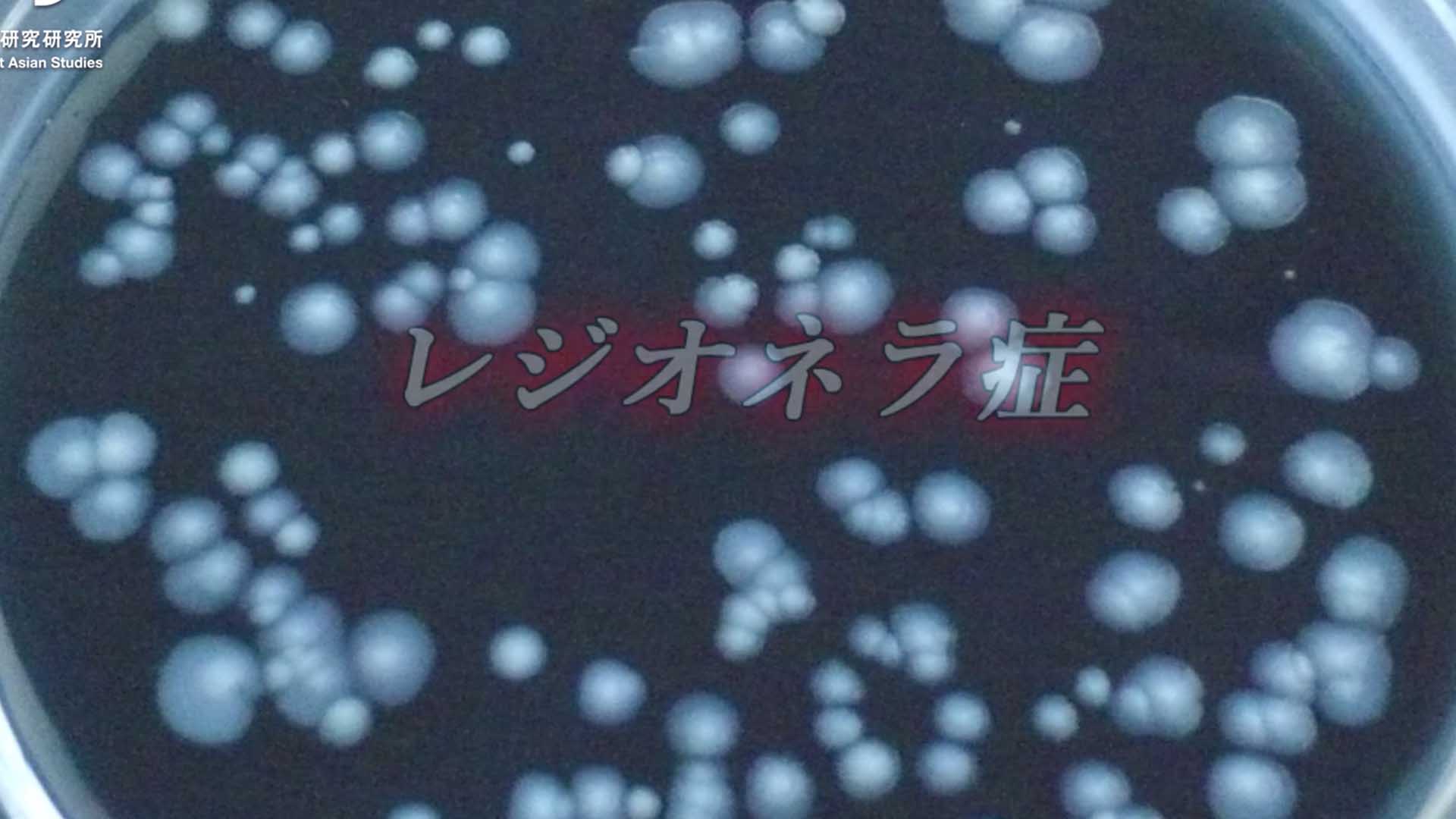One day during the rainy season, I received a call from an ambulance while I was in the emergency room. They wanted to transport a man in his fifties who had been involved in a traffic accident. The patient’s pulse rate was high, above 140 beats per minute, and although he opened his eyes when called, his response was poor and his spontaneous speech was extremely diminished. His body temperature was 39.6 degrees Celsius, and he had urinary incontinence. He had copious watery diarrhea, which his local doctor had diagnosed as acute gastroenteritis a few days before. Rales could be heard upon auscultation, and a chest radiograph showed a shadow in the right lower lung field. A urine antigen test confirmed the diagnosis of Legionnaires’ disease, and the patient recovered with treatment. Legionnaires’ disease is a class 4 infectious disease in Japan and all cases must be reported immediately after diagnosis. The questions then arose: Why did this patient have a traffic accident, and where did he get the infection?
By pursuing these questions, I thought I might be able to reduce the number of people dying from Legionnaires’ disease. One patient in front of me became an opportunity, and I was invited into the world of the rod-shaped bacteria that cause this disease. In the course of my search, I found Legionella in the evaporators of automobile air-conditioning systems and discovered that Legionella, including the clinically most important Legionella pneumophila serogroup1, were widespread in the puddles on asphalt roads. Legionnaires’ disease is a curable disease with early treatment of macrolide and new quinolone antibacterial agents. Although the number of reported cases has been increasing rapidly in Japan, it is still largely overlooked in many countries and regions, including Japan. So far, we have detected Legionella bacteria in puddles and water for domestic use in various places where Legionnaires’ disease has not yet been reported, such as West Papua, the highland (4,000 meters above sea level) province of Qinghai in China, and Bhutan. Legionnaires’ disease is also known to be significantly related to rainfall, making it one of the important diseases from the perspective of climate warming. Therefore it is important to recognize that these bacteria are living beside us.
I believe that one of the most exciting aspects of research is to shine a light on something that is hidden in the dark with excitement and thrill. That seed may be right in front of you.






The information of affiliation/position is as of the time of taking the movie.
(1) Sakamoto R, et al. A patient with Legionnaires’ disease transferred after a traffic accident. BMJ Case Reports 2009 bcr09.2008.0893.
(2) Sakamoto R, et al. Is driving a car a risk for Legionnaires’ disease? Epidemiology & Infection 2009; 137: 1615-1622.
(3) Sakamoto R, et al. Legionella pneumophila in rainwater on roads. Emerging Infectious Diseases 2009; 15: 1295-1297.
(4) Sakamoto R, et al. Detection of Legionella pneumophila at high altitude in Tibetan plateau. High Altitude Medicine & Biology 2014; 15: 209-10.
(5) Sakamoto R. Legionnaire’s disease, weather and climate. Bulletin of the World Health Organization 2015; 93: 435-436.
(6) Sakamoto R, et al. Detection of Legionella species from rainwater on roads in Bhutan. Himalayan Study Monographs 2017; 18: 80-86.

